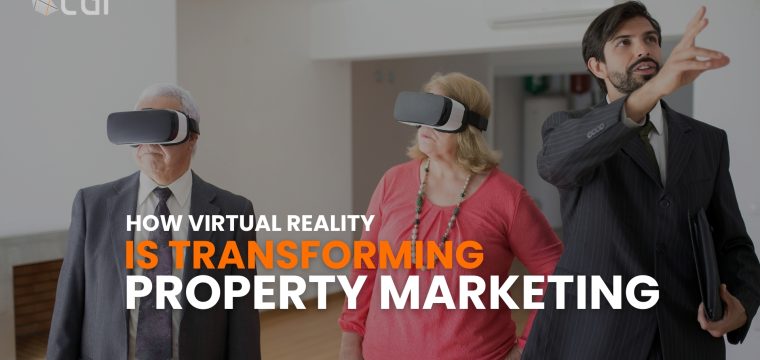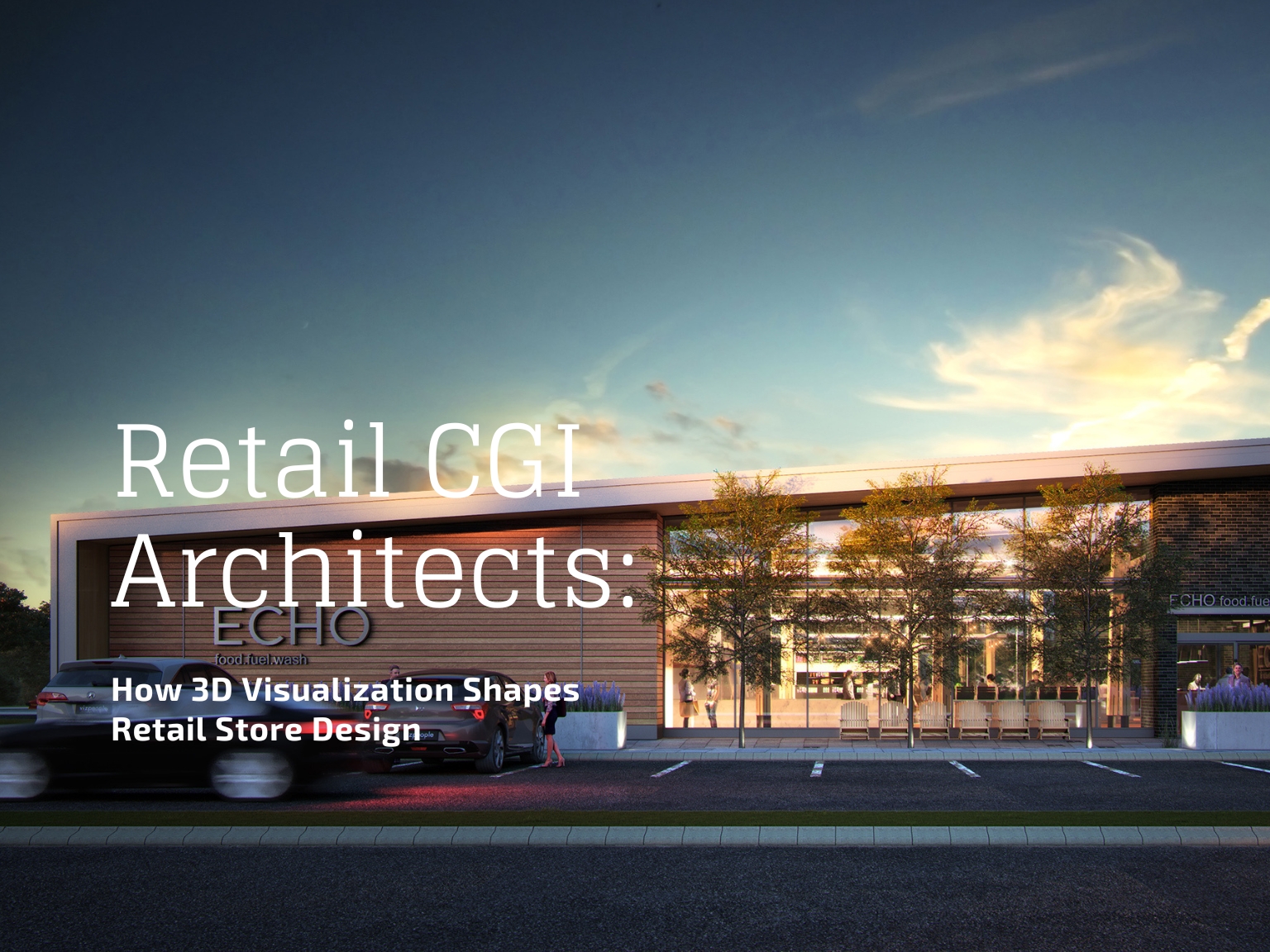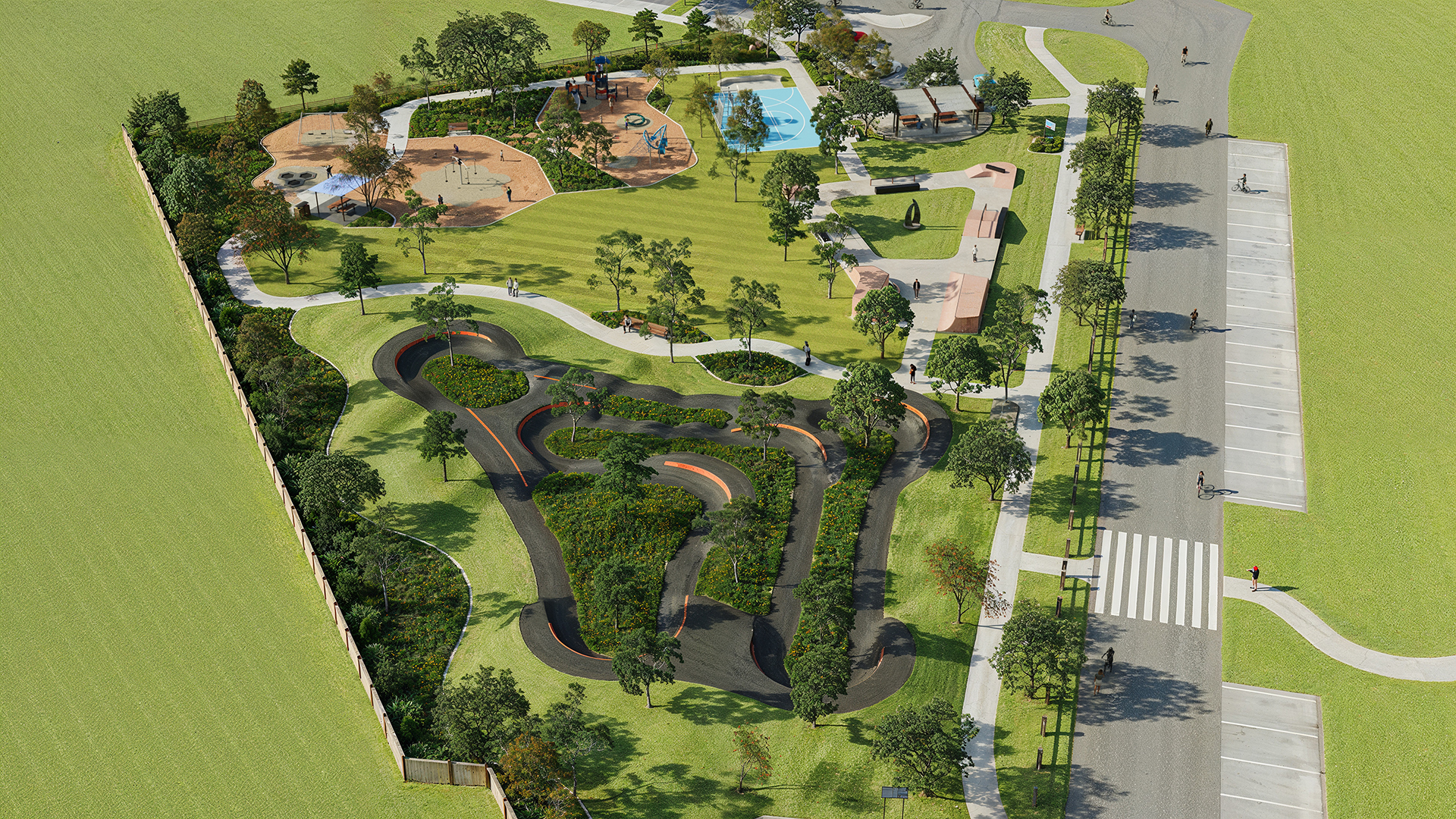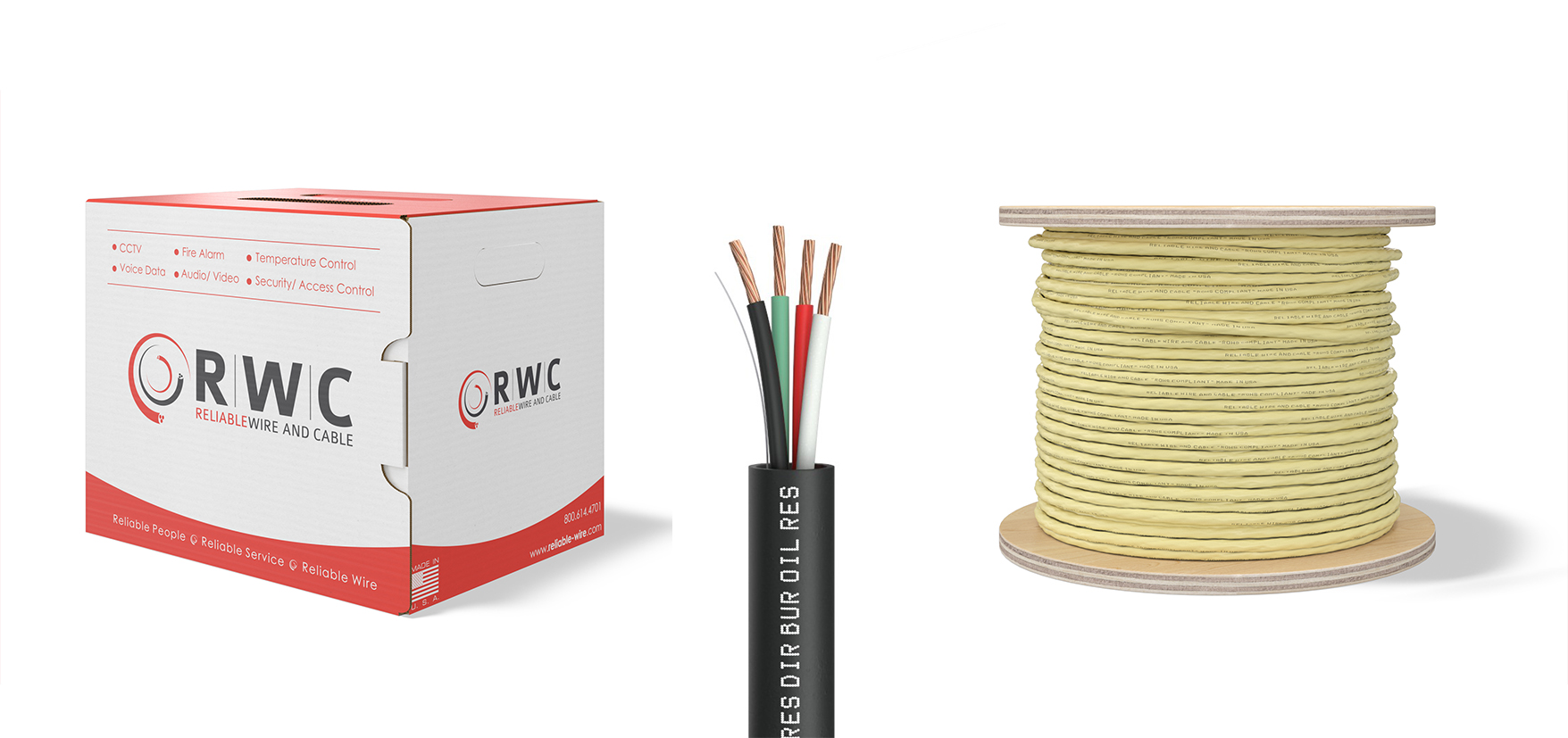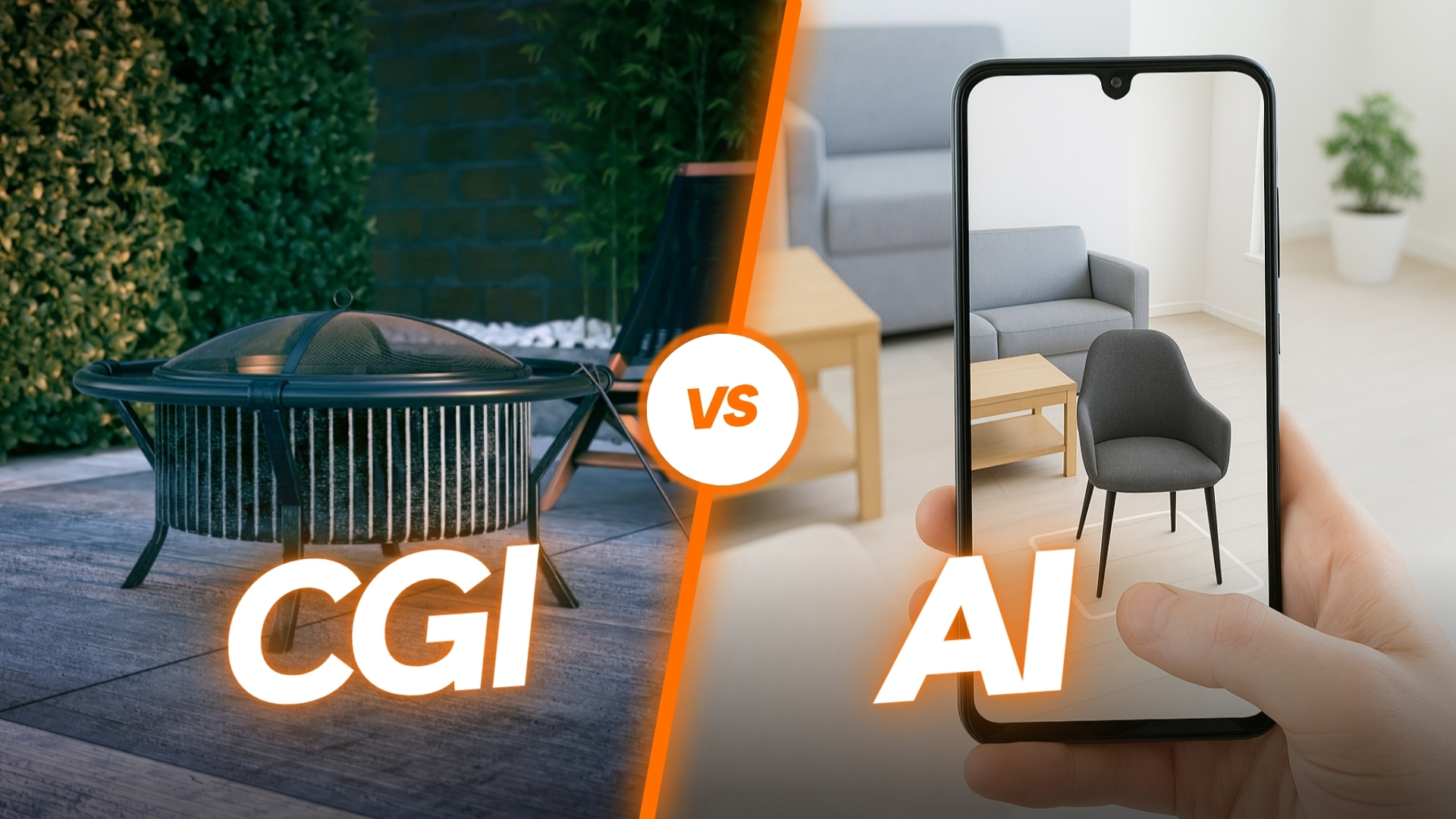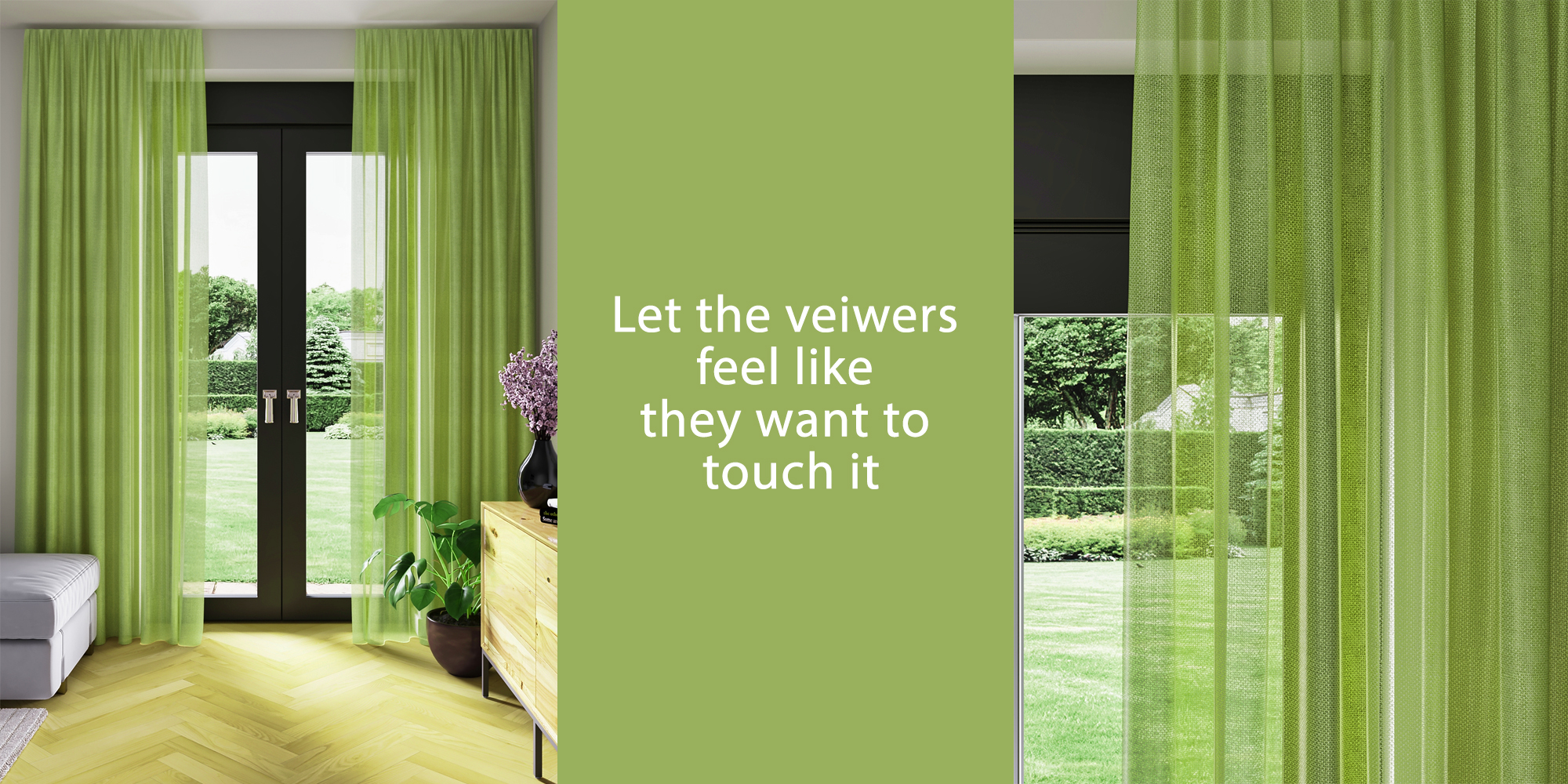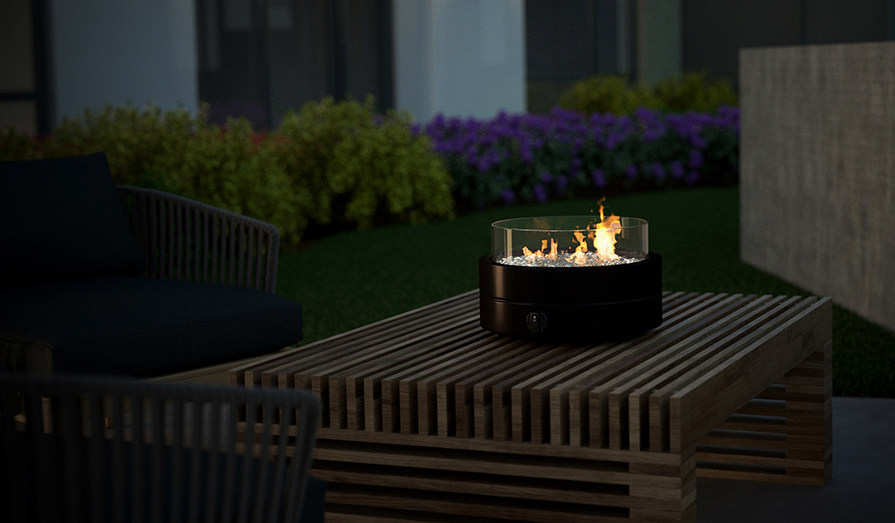The way homes and commercial spaces are marketed has changed fast. First came photographs. Then the floor plans. Next, 3D renderings and video walkthroughs. Now, VR real estate tours are taking center stage. They’re not just an upgrade. They’re quickly becoming the new standard in property marketing.
According to Goldman Sachs, more than 1.4 million real estate agents worldwide are expected to use VR by 2025. The National Association of Realtors (NAR) reports that 67% of homebuyers now prefer virtual tours when searching for a property. For developers, architects, and brokers, VR isn’t a futuristic add-on anymore; it’s a core marketing tool that helps properties stand out in a competitive market.
So, what exactly is VR in real estate, and why is it changing the way people buy, sell, and design property? Let’s break it down.
What Is Virtual Reality in Real Estate Marketing?
At its simplest, VR in real estate is the use of immersive 3D environments that allow potential buyers or tenants to virtually step inside a property without being there physically. By putting on a VR headset, users can explore an apartment, walk through a commercial office, or even see how an unfinished development will look once completed.
It’s important to distinguish VR from other visualization tools:
- 360° Tours: Users may “look around” from fixed positions thanks to these stitched panoramic photos. Although they lack complete immersion, they are helpful.
- Augmented Reality (AR): AR overlays digital elements onto the physical world—like placing virtual furniture into a room via a phone app.
- Virtual Reality (VR): Unlike AR or static tours, VR delivers a true sense of immersion, letting potential buyers “walk through” a space naturally, move from room to room, and experience scale and layout as if they were really there.
Industry leaders such as Zillow and Matterport have made VR tours a standard part of listings, while innovative VR real estate companies are offering fully interactive property experiences that go far beyond static visuals.

How VR Is Used in Real Estate Today
1. VR in Property Design and Development
For architects and developers, VR is a game-changer even before construction begins. In the design stage, VR helps test layouts, lighting, and flow. Clients can virtually walk through a blueprint, noticing details like sight lines, furniture placement, or how sunlight fills a room. This visualization speeds up feedback loops, allowing changes to be made before costly construction errors happen.
Developers also use VR to pre-sell unbuilt units. A condo tower that hasn’t broken ground can be presented to buyers through a VR showroom. Buyers can tour apartments, view finishes, and even customize materials. Case studies show that some projects reserve 50% of units within weeks of launch when VR is used for previews.
For investors, VR shortens the sales cycle and builds trust. Being able to experience a property that doesn’t physically exist yet creates confidence and urgency—two elements every developer values.
2. VR in Residential Real Estate
Residential buyers are among the biggest beneficiaries of VR technologies. With VR real estate tours, a potential buyer in another city—or even another country—can explore a property in detail without ever setting foot on-site.
- Virtual home tours are now common on platforms like Zillow and Realtor.com.
- Virtual staging lets agents furnish empty properties digitally, reducing costs by up to 97% compared to physical staging.
- Remote decision-making is easier: international buyers or relocating families can confidently make offers based solely on a VR tour.
A NAR study found that listings with a virtual tour receive 87% more views and sell up to 31% faster than listings without. For estate agents, this translates into higher engagement, fewer wasted showings, and faster deals.
3. VR in Commercial Real Estate
The commercial real estate market has adopted VR. Offices, retail, and hospitality are being advertised with immersive tours. Corporate clients save time and money by remotely evaluating several spaces before site visits.
Developers of large-scale commercial projects use digital twins—highly accurate VR replicas of buildings—for leasing and investor presentations. Hotels and event spaces rely on VR to show planners their facilities, with studies reporting a 16% increase in bookings after adding VR tours.
For real estate agents in the commercial sector, VR provides a competitive edge. It demonstrates professionalism, tech-savviness, and offers a richer sales experience than traditional brochures or static videos.

VR Real Estate Marketing Benefits
VR real estate benefits go beyond novelty. They impact sales velocity, buyer confidence, and marketing ROI. Study the main benefits of research and implementation.
1. Improved Property Visualization
VR immerses purchasers with property. Unlike photos or floor plans, VR tours display room proportions, ceiling heights, and window views. This immersion lets customers visualize living or working there.
2. Informed Choice
Virtual tours let buyers reject properties that don’t meet their needs faster. VR tours help customers choose their top options early in the search, according to academic study. This means real estate brokers get more qualifying leads and fewer wasted showings.
3. Reduced Sales Cycle
Time on market matters. Data from Matterport indicates that listings with 3D tours sell up to 31% faster. For developers pre-selling unbuilt units, VR helps build trust and urgency, cutting weeks or even months from the sales cycle.
4. Increased Buyer Confidence
From overseas investors to relocating families, many buyers today make offers without physically stepping inside a property. VR tours give them confidence by providing realistic, detailed visualizations. One New York condo project closed multimillion-dollar deals entirely through VR showrooms—proof that buyers trust what they can experience.
5. Cost-Effective Marketing
Physical staging and repeated in-person showings can drain budgets. VR staging reduces costs by 97%, while also offering flexibility to instantly change design styles or finishes. Travel costs for international clients are also cut dramatically when the first “visit” is virtual.
6. Accessibility Benefits
VR levels the playing field. Buyers can tour homes anytime, anywhere, and those with limited mobility can explore spaces without physical barriers. In this way, VR expands reach while creating a more inclusive real estate market.
Do Virtual Tours Help Sell Homes?
The short answer: Yes, virtual tours help homes sell faster and more efficiently.
- Virtual tour listings get 87% more views.
- Property listings featuring VR tours attract serious buyers and prompt offers.
- In one research, 63% of buyers made an offer on a home they had virtually toured.
Real Estate agents have great leverage. VR screens buyers in advance to limit casual showings and reserve in-person visits for serious purchasers.
Types of VR in Real Estate Marketing
Not all VR is alike. These primary types shape the real estate market:
1. A 360° Photo
- Easy to use in browsers.
- Great for quick tours of smaller properties.
2.Videotour VR
- Guided property tours via film.
- Helps tell stories and highlight features.
3.Interactive VR Models
- User-controlled, fully navigable environments.
- The most immersive and engaging.
4.Digital Twins
- Hyper-accurate 3D replicas of existing or planned spaces.
- Popular in commercial real estate for management and leasing.
For different reasons, different types are “best.” Interactive VR and digital twins are the best tools for high-end or pre-construction projects. For regular listings, 360° photography is a cheap way to get started.
VR vs. AR vs. Traditional Marketing
Traditional marketing uses pictures, floor plans, and pamphlets. Although relevant, they lack interactivity. VR and AR in real estate bridge the gap:
- VR: Full immersion, walking through the property virtually.
- AR: Overlaying elements in real spaces, such as virtually staging furniture in an empty room.
- Photos & Video: Provide context but lack engagement.
| Tool | Engagement | Cost | Buyer Experience |
|---|---|---|---|
| Photos | Low | Low | Static, limited |
| Video Tours | Medium | Low–Medium | Guided but passive |
| 360° Tours | Medium | Medium | Interactive but limited |
| Augmented Reality | Medium–High | Medium | Good for staging |
| Virtual Reality | High | Medium–High | Immersive, lifelike |
Trends in VR Real Estate for 2025
Looking ahead, VR is set to become a standard in the industry. Some emerging trends include:
- MLS Standardization: Multiple Listing Services are beginning to require or highlight VR tours.
- AI Personalization: VR tours that adapt to user preferences—highlighting kitchens for a cooking enthusiast or office space for a remote worker.
- Mixed Reality: Blending AR and VR for interactive experiences, like testing design changes in real time.
- Metaverse & Digital Twins: Buyers can browse virtual neighborhoods with digital reproductions of real homes. CoStar’s $1.6 billion Matterport acquisition suggests this.
Case Studies & Real-World Examples
- Residential Development: A Toronto condo project pre-sold 50% of its units within weeks using VR previews.
- Luxury Real Estate: Brokers in New York closed multimillion-dollar penthouse deals entirely through VR tours.
- Commercial Spaces: Hotels that implemented VR tours reported a 16% increase in direct bookings.
These examples prove VR isn’t just a flashy tool—it drives measurable business outcomes.
Challenges of Adopting VR in Real Estate
Despite the clear benefits, adoption isn’t without hurdles:
- Cost: Making high-quality VR material can be pricey, but the prices are going down.
- Learning Curve: A lot of real estate agents aren’t sure how to use VR devices yet.
- Quality Control: Tours that aren’t put together well can turn people away.
- Privacy and Security: Digital twins make people worry that property information could be made public.
Agents and developers who are ahead of the curve deal with these problems by working with VR experts and teaching their staff.
FAQs About VR in Real Estate
A fully immersive property walkthrough using virtual reality technologies.
Yes. Listings with VR tours sell faster and attract more qualified buyers.
It varies, from affordable 360° tours to premium interactive VR environments.
No. While luxury properties lead adoption, affordable tools make VR accessible for everyday listings.
Yes. Many international buyers already complete purchases after only touring virtually.
Key Takeaways
- VR real estate is no longer a nice-to-have; it’s a must-have for marketing that wants to stay competitive.
- Faster sales, more interaction, lower staging costs, and a global reach are some of the benefits.
- Both residential and commercial are seeing a clear return on investment (ROI) from using VR.
- The future of real estate marketing is being shaped by trends like AI tailoring and digital twins.
Conclusion
In 2025, VR is changing the way people buy and sell homes. With VR tours, buyers can see, decide, and buy faster on everything from pre-construction sales to regular home ads. When real estate agents, developers, and builders use VR, they stay ahead of the curve and meet the needs of buyers who are tech-savvy.
Ready to elevate your property marketing with immersive visualization?
Explore our Real Estate Rendering Services and discover how VR can transform your next project.

